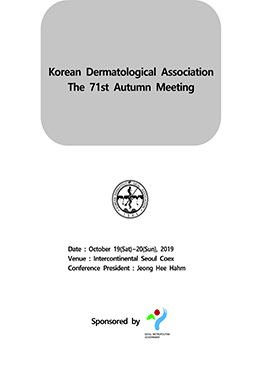Background: Ultraviolet light-emitting diodes (UV-LEDs) are a novel light source for phototherapy. Importantly, 310 nm UV-LEDs have not been studied in psoriasis in vitro and in vivo.
Objectives: This study aimed to evaluate the therapeutic effects of UV-LEDs on psoriasis.
Methods: Effects due to 310 nm UV-LED and 311 nm narrowband ultraviolet B (NBUVB) irradiation were compared for suppressing IL-22-induced activation of STAT3 expression using cell viability assay, western blotting, and immunocytochemistry. C57BL/6 mice were topically treated with imiquimod (IMQ) for 6 consecutive days to induce psoriatic lesions. Phenotypic observation, histopathological examinations, and ELISA were conducted with skin and blood samples.
Results: STAT3-dependent IL-22 signaling and effects in keratinocytes are negatively regulated by the 310 nm UV-LED, which significantly ameliorated IMQ-induced psoriatic lesion and reduced Th17 cytokine levels in serum and dorsal skin. Histopathological findings showed decreases in epidermal thickness and inflammatory T-cell infiltration in the UV-LED-irradiated groups. Quantitative PCR confirmed a UV radiation energy-dependent decrease in IL-17A and IL-22 mRNA levels.
Conclusion: The results demonstrated that UV-LEDs had anti-inflammatory and immunoregulatory effects. UV-LED phototherapy inhibits psoriasis development by suppressing STAT3 protein and inflammatory cytokines and could be useful in treating psoriasis.




